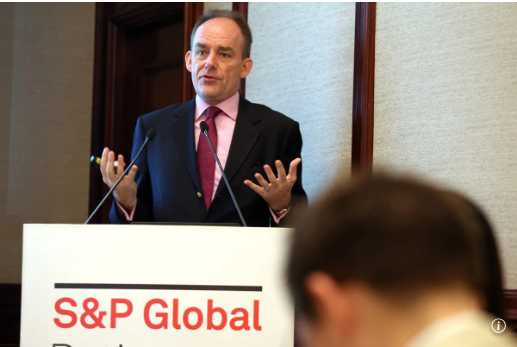To boost its economy, China unleashes a financial bazooka.
What’s happened?
On September 24th a series of policies were announced by China’s three top financial officials at a press conference to backstop the stalling economy. These notably included a 20-basis-point cut to the seven-day reverse repo rate (RRR; the policy interest rate); a 50-basis-point cut to the reserve requirement ratio (RRR); a rate cut on existing mortgages; capital replenishment of large state-owned banks; and other measures to support the housing and the stock markets.
Why does it matter?
The rare, simultaneous rollout of so many measures highlights the urgency for policymakers to prop up the economy. We believe that real GDP growth this year will miss the government’s annual target, and may even undershoot our own conservative growth forecast of 4.7%. The cuts to...



